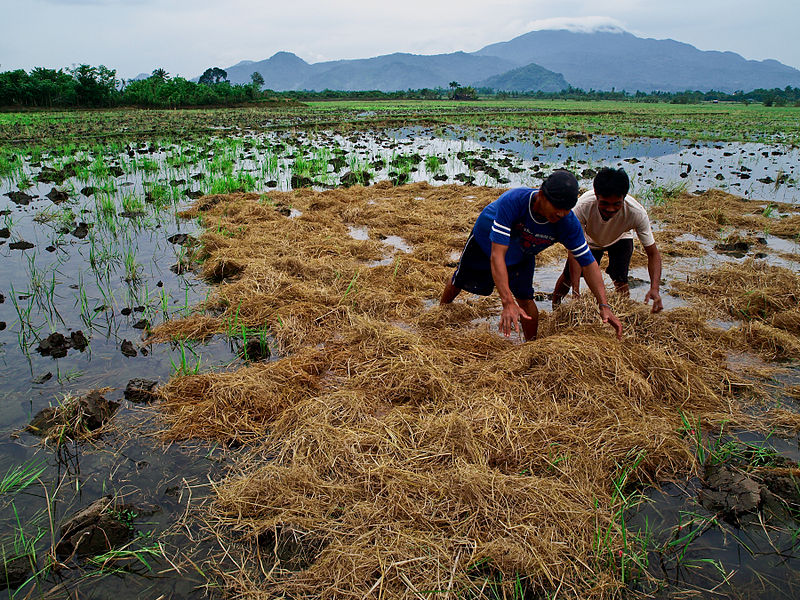Protests for Government Aid result in Violent Dispersal of North Cotabato Farmers
Last week, approximately 5000 farmers blocked a portion of the Cotabato-Davao Highway in the Philippines to demand government assistance for the ongoing drought due to the El Niño weather phenomenon. The barricade began Wednesday, March 30, and continued through the weekend. On April 1, the Philippines National Police moved in and opened fire on the group of farmers, killing two and wounding thirty. Preparation, or lack thereof, for El Niño
As early as November of 2015, the global warming of the sea surface, termed the “El Niño phenomenon,” has significantly impacted the North Cotabato region of the Philippines. The country’s Department of Agriculture reported that 237,000 hectares of agricultural land were damaged, with the loss of 5.3 billion pesos worth of rice and corn as well as other agricultural commodities such as bananas, rubber, and coconuts.

The governor of Cotabato, Emmylou Taliño-Mendoza, has refused to negotiate with protesters who have demanded 15,000 sacks of rice and subsidies in assistance. Taliño-Mendoza stated that a part of the disaster relief funds had already been allocated to drought-affected farmers and the remaining funds were reserved for “any unexpected calamity this year.” In addition to asking for the distribution of seeds of drought-resistant vegetables, the protesters also took to opportunity to call for the suspension of military operations against communist rebels in drought-affected areas to prevent further displacement of peoples. While the Department of Agriculture managed to produce scattered light rains in north Cotabato through cloud-seeding operations, crops have continued to wither in the heat.
Is the government to blame this time?
Mendoza noted that local government units had already begun relief operations before the protests and expressed surprise at their “[use of] force.” She claimed that the protesters rejected offers to peaceful resolution and that their permits to gather in Kidapawan City were invalid. Mendoza further noted that “the first shot came from the protesters.” The clash resulted in 40 injured policemen, two of which were in critical condition.
The Kilusang Magbubukid ng Pilipinas (KMP), the Philippines’ agricultural labor movement, is holding both governor Mendoza and the Aquino administration accountable. Pedro Arnado, a spokesperson for the KMP, dates back to the 1987 massacre of 13 farmers in Mendiola. The actions of the National Police have been described as “completely unnecessary,” “inhumane,” and “unacceptable” by government officials and presidential candidates, including Duterte, Santiago, and Marcos. In particular, presidential candidate Davao City Mayor Rodrigo Duterte called the event a “tragic” show of betrayal on the part of Aquino’s administration, stating that “the same bloodline that benefited from the ESDA 1986 revolt has soiled their hands with the blood and tears of the Filipino people that allowed them into power.”
Investigations continue Investigations are currently underway. Presidential Communication Undersecretary Manuel Quezon III cautioned against premature judgements, noting that both sides had committed wrong. It has been suggested that militant groups were involved in inciting violence and that leftists were also part of the protests. In the meantime, protesters were told to register for the government’s “food-for-work” program, which hires farmers to contribute to the community in exchange for rice from the Department of Social Welfare and Development.
